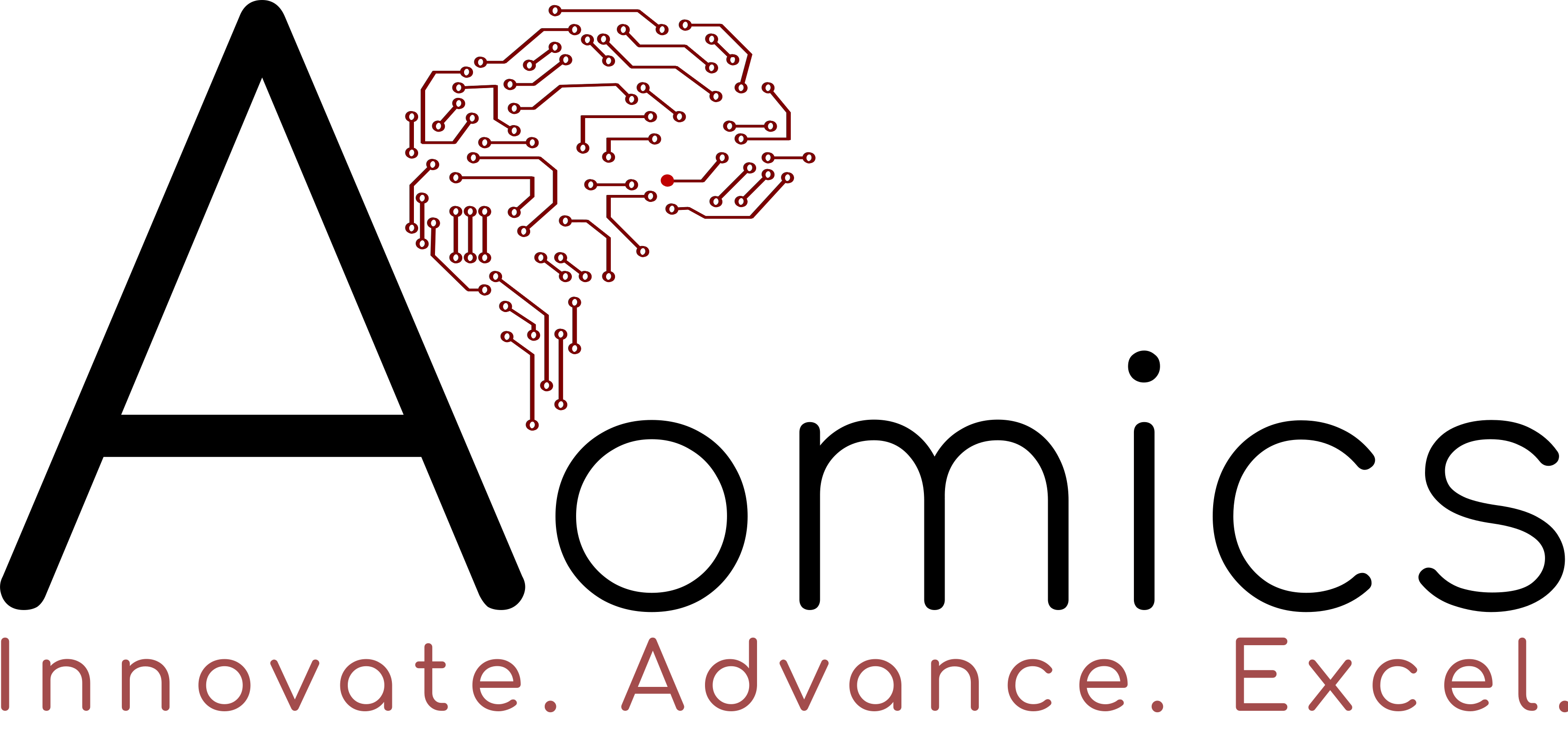Statistical programming
Utilizing statistical programming for data-driven decision-making
Statistical Programmers for clinical research
STATISTICAL PROGRAMMING
Statistical programming for clinical services refers to the use of computer programming languages, such as SAS (Statistical Analysis System), R, and Python, to perform statistical analyses on clinical trial data. This involves cleaning, manipulating, and transforming raw data into analysis-ready datasets, and then using statistical methods to analyze the data and generate results. Our statistical programmers work closely with biostatisticians, data managers, and other members of the clinical trial team to ensure that the data is analyzed accurately and efficiently. They also follow regulatory guidelines and industry standards to ensure that the programming is done in a way that is compliant with regulatory requirements.
Our programmers help in generating Tables, Figures, and Listings (TFLs) for clinical trial analysis.
TFLs are a critical component of the regulatory submission process for clinical trials, and they provide a summary of the study data that is used to support the safety and efficacy of the investigational product. Our programmers work closely with the biostatisticians and the clinical team to understand the requirements for the TFLs.
Our programmers ensure the accuracy and completeness of the TFLs. They may develop SAS macros and programs to automate the process and ensure that the TFLs are generated consistently across multiple studies. They also perform quality checks on the TFLs to ensure that they are accurate and consistent with the study data.
In addition, our programmers provide support for the interpretation of the TFLs. They may work with the biostatisticians and the clinical team to provide additional analyses or data summaries to support the regulatory submission.
Patient profiles are used to provide a detailed summary of the individual patient data in a clinical trial. They typically include demographic information, medical history, study treatment information, and clinical outcomes. Customized patient profiles are tailored to specific study objectives or stakeholder needs and can provide a detailed overview of patient characteristics and treatment outcomes.
Our SAS programmers use their expertise in data manipulation and programming to extract the necessary patient data from the clinical trial database. We use SAS software to clean and transform the data, and to generate the patient profile outputs in a customized format that meets the specific study objectives or stakeholder needs.
Our SAS programmers develop SAS macros or programs to automate the process and ensure consistency across multiple studies. We also use SAS graphics and visualization tools to provide graphical summaries of patient data.
In addition, our SAS programmers work closely with the clinical team to ensure the accuracy and completeness of the patient profiles. We provide support for data interpretation and additional analyses to support the study objectives.
SAS programming is an essential component of clinical data management. Clinical data managers work closely with SAS programmers to ensure the accuracy, completeness, and consistency of clinical trial data.
SAS programmers provide programming support for clinical data management activities such as data cleaning, data transformation, and data validation. We use SAS software to manipulate, transform, and validate the clinical trial data to ensure that it is of high quality and meets regulatory requirements.
Our SAS programmers also play a critical role in the development of clinical data listings, which are used to display summary data from the clinical trial. These listings can include tables, graphs, and figures that summarize the clinical data and can help the clinical team to identify potential safety issues, evaluate the efficacy of the drug, and make informed decisions about the trial.
Our SAS programmers work closely with clinical data managers to ensure that the clinical data listings are accurate and consistent with the clinical trial data. We develop SAS macros or programs to automate the process of generating the data listings and to ensure consistency across multiple studies.
SAS programming plays a critical role in the generation of Annual Safety Reports (ASRs). The ASR is a comprehensive report that summarizes the safety profile of a drug or device over the course of a year. The ASR includes information on adverse events, serious adverse events, and other safety-related data.
Our SAS programmers assist in the development of ASRs by providing programming support for the analysis and reporting of safety data. They develop SAS programs to perform data checks, data cleaning, and data validation to ensure the accuracy and completeness of the safety data.
Our SAS programmers play a critical role in the generation of pooled datasets and tables, figures, and listings (TFLs) for integrated summary of safety (ISS) and integrated summary of efficacy (ISE) analyses.
Pooled datasets are typically created by combining individual study datasets from multiple clinical trials. Our SAS programmers perform data transformations, including merging and appending of datasets, to create the pooled dataset. They also perform data cleaning and validation to ensure the accuracy and completeness of the pooled dataset.
Once the pooled dataset is created, SAS programmers generate the necessary TFLs for the ISS and ISE. These TFLs are used to summarize the safety and efficacy data from all the individual studies included in the analysis.
The ISS TFLs typically include tables and figures summarizing the adverse events, serious adverse events, deaths, and other safety data across all studies. The ISE TFLs typically include tables and figures summarizing the efficacy data across all studies, including patient demographics, efficacy endpoints, and treatment effects.
Would you like to start a project with us?
Reach out on the given number or write us an email for further queries regarding project requirements



